Menopause is the cessation of menstruation. It results from a complex syndrome of physiologic changes caused by declining ovarian function. It occurs when the loss of ovarian function results in the permanent termination of menstrual periods. The transitional period leading up to this irreversible event is called the climacteric and is characterized by the decline in the number of ovarian follicles, which also becomes less responsive to gonadotropic hormonal stimulation, and by the decrease of estrogen production by the ovaries until there is not enough to cause the endometrium to grow and shed.
Nursing Care Plans and Management
The nursing care planning goals for patients with menopause aim to promote symptom management and improve quality of life. This includes providing education and support on managing menopausal symptoms, such as hot flashes, mood changes, and sleep disturbances, while also focusing on preventive measures for long-term health, including bone health and cardiovascular health.
Nursing Problem Priorities
The following are the nursing priorities for patients with menopause:
- Symptom management and education on hormonal changes
- Promotion of overall wellness and preventive care
- Support for emotional well-being and mental health
- Education on healthy lifestyle choices and self-care practices
- Monitoring and management of potential long-term health risks, such as osteoporosis and cardiovascular disease
Nursing Assessment
Assess for the following subjective and objective data:
- Reports of hot flashes or night sweats
- Complaints of mood swings or irritability
- Changes in menstrual cycle, such as irregularity or cessation
- Sleep disturbances, such as insomnia or restless sleep
- Vaginal dryness or discomfort during intercourse
- Fatigue or lack of energy
- Psychological symptoms, such as anxiety or depression
- Changes in sexual desire or libido
Assess for factors related to the cause of menopause:
- Symptoms of menopause
- Insomnia, headache
- Psychological stress
- Changes in body structure and function from decreased estrogen secretion
- Menopause
- Perimenopause
- Abnormal bone density
- Estrogen level decrease
- Osteoporosis
- Aging
- Uterine prolapse
- Urinary incontinence
- Degenerative changes in pelvic musculature and structural supports
- Atrophic vaginitis
Nursing Diagnosis
Following a thorough assessment, a nursing diagnosis is formulated to specifically address the challenges associated with menopause based on the nurse’s clinical judgement and understanding of the patient’s unique health condition. While nursing diagnoses serve as a framework for organizing care, their usefulness may vary in different clinical situations. In real-life clinical settings, it is important to note that the use of specific nursing diagnostic labels may not be as prominent or commonly utilized as other components of the care plan. It is ultimately the nurse’s clinical expertise and judgment that shape the care plan to meet the unique needs of each patient, prioritizing their health concerns and priorities.
Nursing Goals
Goals and expected outcomes may include:
- The patient will be able to sleep without interruption and will express feelings of being rested.
- The patient will be able to perform techniques to promote sleep.
- The patient will identify factors that prevent restful sleep or disrupt sleep.
- The patient will be able to achieve and maintain an adequate amount of sleep to facilitate maximal functioning.
- The patient will have a satisfying sexual function.
- The patient will have no complications from trauma or fractures caused by falls.
- The patient will have no accidental falls or injury.
- The patient will exhibit no other fractures or tissue trauma.
- The patient will be able to resume normal activities and maintain continence of urine.
- The patient will have an absence or reduction in urinary incontinence.
- The patient will be able to perform exercises as instructed.
- The patient will be able to prevent incontinence episodes associated with coughing, sneezing, or laughing.
- The patient will have an absence of vaginal discomfort and/or infection.
- The patient will be able to demonstrate appropriate health practices with genitalia and perineal care.
- The patient will exhibit no evidence of vaginal infection or tissue trauma.
- The patient will comply with all instructions to decrease the potential for infection.
- The patient will express feelings of reduced frustration, anxiety, nervousness, and enhanced feelings of self-worth adjusting to menopause.
- The patient will express improved self-esteem and self-worth.
- The patient will be able to discuss concerns and develop a trusting relationship with caregiver.
- The patient will be able to verbalize adjustment to menopause and associated changes.
- The patient will be able to access resources for counseling to improve chronic anxiety or depression.
- The patient will exhibit improvement in comfort with hot flashes controlled and sleep pattern returned to normal.
Nursing Interventions and Actions
Therapeutic interventions and nursing actions for patients with menopause may include:
1. Improving Sleep Pattern
Disturbances in sleep patterns are common for women experiencing menopause due to hormonal changes and other associated symptoms, such as hot flashes, night sweats, and mood disturbances. These factors can disrupt the normal sleep-wake cycle and lead to difficulty falling and staying asleep. Nursing care plans for menopausal women may involve addressing underlying causes of sleep disturbance, providing education on sleep hygiene and relaxation techniques, and considering pharmacological interventions as appropriate.
Assess the patient’s sleep pattern and changes, naps, amount of activity, awakenings, and frequency, and patient complaints of lack of rest.
Provides information to alleviate sleep deprivation in relation to age-related changes and identifies and establishes a plan of care.
Monitor for complaints of pain or discomfort.
Identification of causative factors of frequent awakenings helps facilitate changes in sleep patterns.
Provide a calm, quiet environment, closing curtains, adjusting lighting, and so forth.
Helps to promote a conducive atmosphere for restful sleep. External stimuli may interfere with going to sleep and increase awakenings in elderly patients because sleep is usually of less intensity.
Administer medications to promote normal sleep patterns as ordered.
Medications may be required to achieve rest during hospitalization. Hypnotics induce sleep, while tranquilizers reduce anxiety.
Instruct the patient to practice slow deep breathing whenever a hot flash starts; instruct also on other relaxation techniques.
Relaxation and deep breathing may help alleviate the discomfort caused by a hot flash.
Provide warm drinks, extra cover, a warm bath prior to bedtime, and so forth.
Ritualistic procedures may prevent breaks in established routines and promote comfort and relaxation prior to sleep.
Instruct patient to avoid stimulants like caffeinated drinks, stressful activity, and so forth prior to sleep.
Overstimulation prevents the patient from falling asleep.
Help the patient with relaxation techniques, guided imagery, muscle relaxation, meditation, and so forth.
Relaxation techniques frequently help promote sleep.
Instruct the patient to avoid alcohol prior to bedtime.
Although alcohol may cause sleepiness, it interrupts sleep later in the night.
2. Helping Patient Through Sexual Dysfunction
Sexual dysfunction is common in women experiencing menopause due to hormonal changes, vaginal atrophy, and other associated symptoms, such as decreased libido and pain with intercourse. These factors can lead to a decreased interest in sexual activity and impact sexual function. Nursing care plans for menopausal women may involve addressing underlying causes of sexual dysfunction, providing education on vaginal moisturizers and lubricants, and considering hormonal or non-hormonal interventions as appropriate.
Assess the presence of impotence, dyspareunia, feelings of inadequacy, or fear of sexual function and failure.
Changes related to aging, such as slower arousal time, reduced lubrication of the vagina, and atrophy of the vaginal lining, result in painful intercourse, may be responsible for sexual problems. Chronic illness compromises sexual functioning due to fear of recurrence of symptoms.
Assess the patient’s sexual interest, desire, the effect of health status on sexuality, and psychosocial factors affecting sexual function.
Several factors including chronic illness, drugs, lack of or an impaired relationship with a partner, and cultural beliefs can affect sexual function.
Include the partner in the discussion if appropriate.
May be embarrassed to have the partner present or even approach the subject. Patients may be more comfortable and open to discussing the subject alone.
Discuss past sexual experiences and practices, interests, and satisfaction, and medications taken for control of chronic diseases that affect sexual function.
Provides individual needs regarding sexual behavior based on history.
If the patient is sexually active, tell her to remain sexually active.
This helps in preserving vaginal elasticity. Water-based lubricants can be used during sexual intercourse to decrease dryness.
Instruct the patient to perform Kegel exercises daily.
Performing Kegel exercises can help strengthen the vaginal and pelvic muscles.
Discuss the importance of maintaining sexual functioning by intercourse or masturbation.
Maintains interest and sexual function.
Encourage to vary positions during intercourse.
Pain and dyspnea may be exacerbated during exertion and a more passive position may promote participation in safe sexual activity.
Provide privacy.
The elderly may lack the privacy needed.
Use exercise and pain tolerance in changes in VS caused by activity as guidelines for a progressive sexual activity plan based on physical limits.
Provide a baseline to promote sexual activity without symptoms that create fear or interfere with sexual activity.
Suggest sexual or psychological therapy, if appropriate.
Anxiety and reduced self-esteem resulting from altered sexuality are common problems that can be helped by counseling.
Instruct to void before and after intercourse.
Clears meatus of infectious organisms that may cause a bladder infection.
Instruct female patients to use water-soluble lubricant during intercourse.
Lubricates the vagina to prevent pain and irritation during intercourse.
3. Promoting Safety and Preventing Injury and Falls
Patients with menopause may be at risk for injury due to physiological changes such as decreased bone density and increased risk of falls. Nursing care plans for menopausal patients should take these factors into consideration and include measures to prevent falls and promote bone health.
Assess the type of medications, the effect of medications, and the number of medications being taken.
Drug absorption, distribution, and excretion are altered in the aged, causing confusion, and forgetfulness leading to falls.
Assess the patient’s accident proneness, presence of agitation, ambulatory status, interference with thinking, balance, and gait.
Conditions may predispose to falls. Menopause may induce atherosclerosis, and a decrease in estrogen level contributes to osteoporosis.
Assess the patient’s pulses distal for fracture, presence of edema, or color changes.
May indicate the presence of compartment syndrome, which requires emergency treatment to prevent necrosis and loss of tissue.
Maintain vigilance and supervision when needed.
Accident prevention maintains the safety of patients.
Reduce unsafe activities and behaviors, or modify, if appropriate.
Reduces the risk of falls.
Tell the patient to immediately report vaginal bleeding or spotting after menstruation has ceased.
May indicate a different problem.
4. Improving Renal Function and Urinary Elimination
Menopause is a significant risk factor for stress urinary incontinence because the decline in estrogen levels leads to weakened pelvic floor muscles and tissues. These changes can cause the bladder and urethra to lose support and increase the risk of involuntary urine leakage during physical activities such as coughing, sneezing, or exercise.
Assess the patient for incontinence associated with signs that increased abdominal pressure: coughing, lifting, sneezing, or laughing.
Increased intra-abdominal pressure causes involuntary loss of urine when the pelvic support organs are weakened by aging, frequent catheter use, childbirth, or with menopause.
Evaluate the patient’s understanding of incontinence and the diseases process.
Provides information in establishing a baseline for teaching the plan of care. Most patients are hesitant to discuss incontinence thus a non-judgemental attitude may assist the patient to be less embarrassed and discuss the problem openly.
Identify the patient’s current medication and evaluate the medical regimen for drugs that could contribute to incontinence.
Diuretics, CNS depressants, and anticholinergics may all cause urinary incontinence and may require medication alteration or change.
Provide the patient with pads or leak-proof undergarments as appropriate.
Prevents patient embarrassment by spoiling or wetting of clothing.
Administer estrogens are ordered.
See Pharmacologic Management
Instruct patient regarding potential reasons for urinary dribbling and incontinence.
Menopausal changes can result in urinary incontinence, as can physiologic changes involved with aging.
Instruct patient in performing Kegel exercises.
Exercises help strengthen perineal musculature and improve sphincter tone and control over urine loss.
Instruct patient to contract perineal muscles before coughing or sneezing to avoid or decrease chances of incontinence.
Helps prevent an increase in intra-abdominal pressure.
5. Promoting Infection Control and Preventing Injury Risk
Menopause patients experience hormonal changes that can lead to vaginal dryness and thinning of the vaginal tissues, which can increase the risk of vaginal infections. Additionally, menopausal patients may also have weakened immune systems, making them more susceptible to infections in general.
Assess the patient’s vagina and genitalia for itching, burning, pain, lack of secretions, or foul-smelling secretions.
Changes associated with aging predispose patients to easily traumatized mucosa and increased susceptibility to atrophic vaginitis.
Administer estrogen cream through a vaginal applicator or suppository as ordered.
See Pharmacologic Management
Obtain vaginal smear for culture. Administer antimicrobial if culture is positive.
Identifies infectious organisms, if present, and allows for the eradication of causative organisms.
Instruct patient to apply water-soluble lubricant to genitalia and vagina as necessary.
To treat dryness.
Instruct patient to avoid tight girdles or other tight clothing; instruct to wear cotton underwear.
Tight clothing may irritate genitalia. Cotton is porous and prevents dampness resulting in less risk of infection.
Instruct to cleanse perineum frequently; wash genitalia from front to back.
Promotes comfort and front-to-back technique prevents the introduction of microorganisms.
Inform the patient to avoid the use of douches, sprays, or irritating soaps.|
Prevents alteration in pH of the vagina and irritation of genitalia.
Recommend yearly gynecologic checks and Pap smear.
Identifies the presence of cancer and ensures well gynecologic health.
6. Promoting Positive Coping and Self-Esteem
Patients with menopause experience a significant shift in hormonal balance, leading to a range of physical and emotional changes that can impact their self-esteem. Additionally, the symptoms of menopause, such as hot flashes, sleep disturbances, and mood swings, can further exacerbate feelings of inadequacy and contribute to situational low self-esteem.
Assess the patient’s expressions of negative feelings, self-worth, anxiety, and general complaints about present status in life.
Menopause creates more difficulty for women who feel that childbearing is the main reason for existence and self-worth. Loss of reproductive ability then results in deeper emotional consequences.
Encourage the expression of feelings in a nonjudgemental environment.
Provides venting of concerns and reduces anxiety.
Inform the patient that feelings and symptoms caused by a decrease in hormone secretion are not unusual.
Promotes understanding of the problem for resolution and/or acceptance.
Suggest referral to counseling for chronic anxiety or depression if the patient does not improve.
Prevents prolonged depression and permanent emotional disability.
7. Administer Medications and Provide Pharmacologic Support
Medications used for menopause play a crucial role in managing the various symptoms and hormonal changes experienced during this transitional phase in a woman’s life. From hormone therapy to non-hormonal alternatives, these medications aim to alleviate hot flashes, vaginal dryness, sleep disturbances, and other symptoms.
Estrogen
Estrogen plays a vital role in managing menopausal symptoms by alleviating hot flashes, night sweats, and vaginal dryness. It also helps prevent bone loss and reduce the risk of osteoporosis, making it an important hormone for maintaining overall bone health during and after menopause.
Estrogen cream
Estrogen cream is often prescribed for patients with menopause to directly address vaginal dryness and discomfort, as well as to help restore elasticity and moisture to the vaginal tissues. Applying estrogen cream topically, can alleviate symptoms of vaginal atrophy and improve lubrication.
Hypnotic medications (e.g., zolpidem)
These medications are prescribed to promote normal sleep in menopause by inducing sedation and facilitating the onset and maintenance of sleep. These medications can help alleviate insomnia symptoms and improve sleep quality
Recommended Resources
Recommended nursing diagnosis and nursing care plan books and resources.
Disclosure: Included below are affiliate links from Amazon at no additional cost from you. We may earn a small commission from your purchase. For more information, check out our privacy policy.
Ackley and Ladwig’s Nursing Diagnosis Handbook: An Evidence-Based Guide to Planning Care
We love this book because of its evidence-based approach to nursing interventions. This care plan handbook uses an easy, three-step system to guide you through client assessment, nursing diagnosis, and care planning. Includes step-by-step instructions showing how to implement care and evaluate outcomes, and help you build skills in diagnostic reasoning and critical thinking.

Nursing Care Plans – Nursing Diagnosis & Intervention (10th Edition)
Includes over two hundred care plans that reflect the most recent evidence-based guidelines. New to this edition are ICNP diagnoses, care plans on LGBTQ health issues, and on electrolytes and acid-base balance.

Nurse’s Pocket Guide: Diagnoses, Prioritized Interventions, and Rationales
Quick-reference tool includes all you need to identify the correct diagnoses for efficient patient care planning. The sixteenth edition includes the most recent nursing diagnoses and interventions and an alphabetized listing of nursing diagnoses covering more than 400 disorders.

Nursing Diagnosis Manual: Planning, Individualizing, and Documenting Client Care
Identify interventions to plan, individualize, and document care for more than 800 diseases and disorders. Only in the Nursing Diagnosis Manual will you find for each diagnosis subjectively and objectively – sample clinical applications, prioritized action/interventions with rationales – a documentation section, and much more!

All-in-One Nursing Care Planning Resource – E-Book: Medical-Surgical, Pediatric, Maternity, and Psychiatric-Mental Health
Includes over 100 care plans for medical-surgical, maternity/OB, pediatrics, and psychiatric and mental health. Interprofessional “patient problems” focus familiarizes you with how to speak to patients.

See also
Other recommended site resources for this nursing care plan:
- Nursing Care Plans (NCP): Ultimate Guide and Database MUST READ!
Over 150+ nursing care plans for different diseases and conditions. Includes our easy-to-follow guide on how to create nursing care plans from scratch. - Nursing Diagnosis Guide and List: All You Need to Know to Master Diagnosing
Our comprehensive guide on how to create and write diagnostic labels. Includes detailed nursing care plan guides for common nursing diagnostic labels.
Other care plans and nursing diagnoses related to reproductive and urinary system disorders:
- Acute Glomerulonephritis | 4 Care Plans
- Acute Renal Failure | 6 Care Plans
- Benign Prostatic Hyperplasia (BPH) | 5 Care Plans
- Chronic Renal Failure | 10 Care Plans
- Hemodialysis | 3 Care Plans
- Hysterectomy (TAHBSO) | 6 Care Plans
- Mastectomy | 15 Care Plans
- Menopause | 6 Care Plans
- Nephrotic Syndrome | 5 Care Plans
- Peritoneal Dialysis | 6 Care Plans
- Prostatectomy | 6 Care Plans
- Urolithiasis (Renal Calculi) | 4 Care Plans
- Urinary Tract Infection | 4 Care Plans
- Vesicoureteral Reflux (VUR) | 5 Care Plans
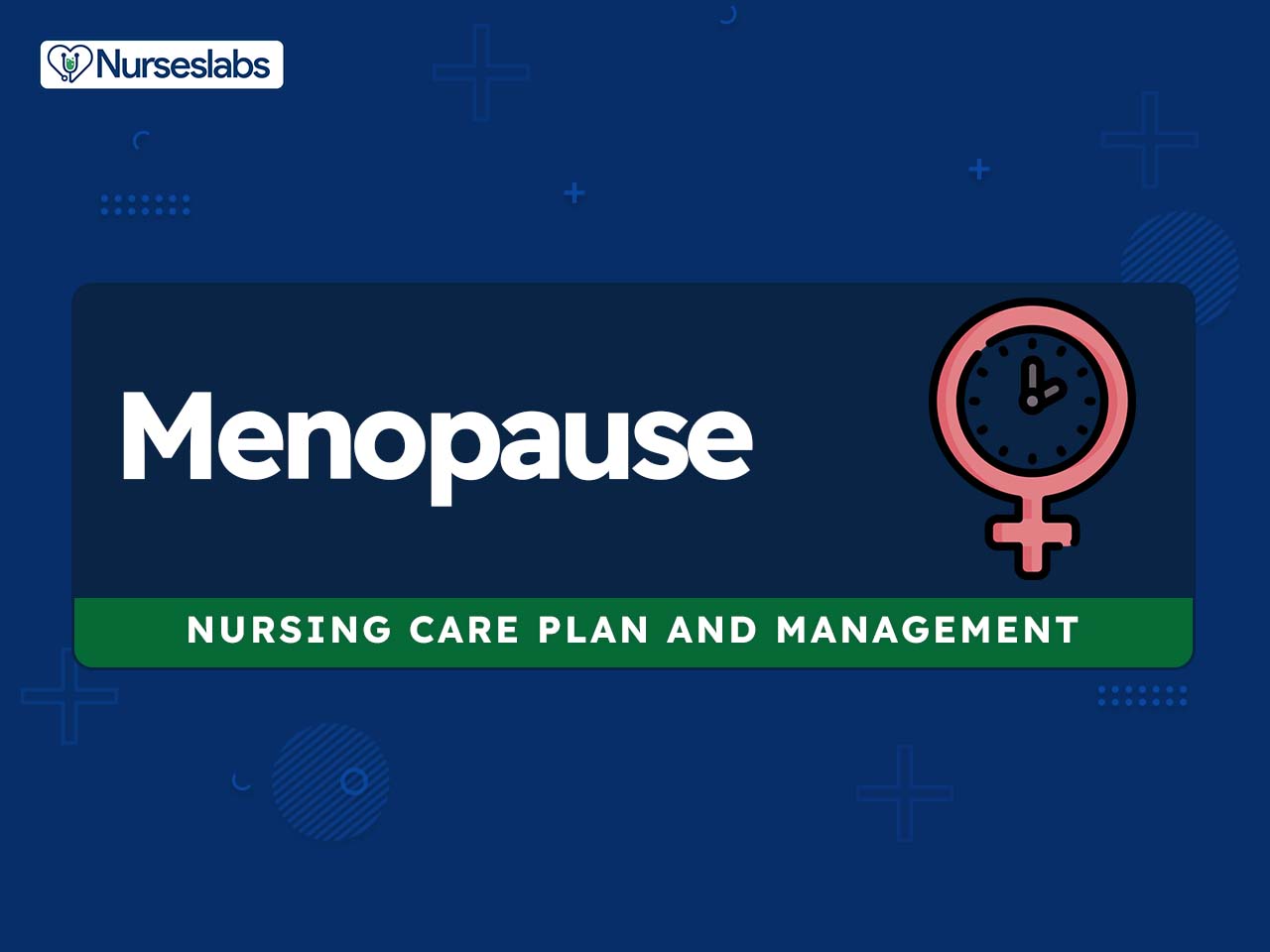

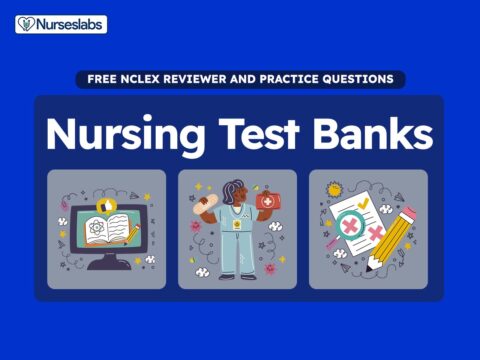
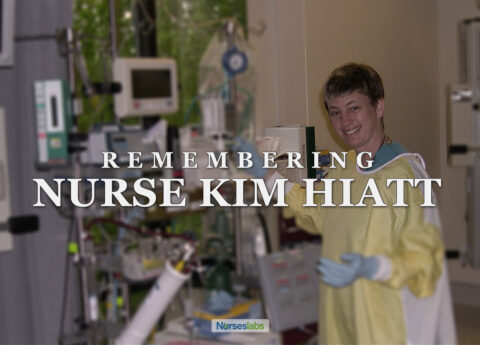
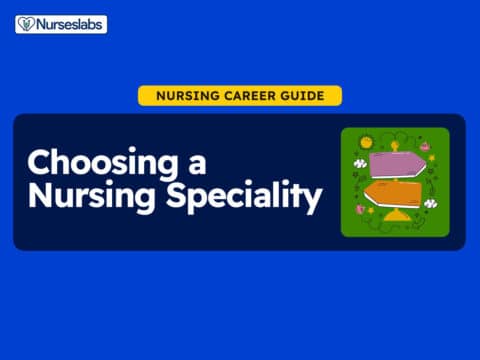
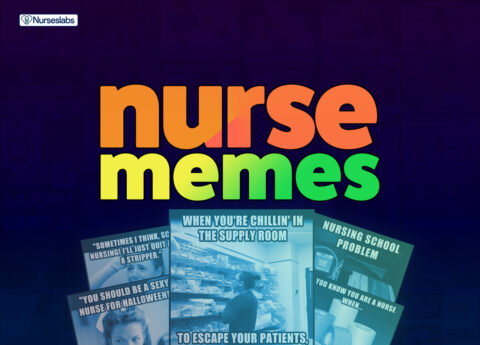


















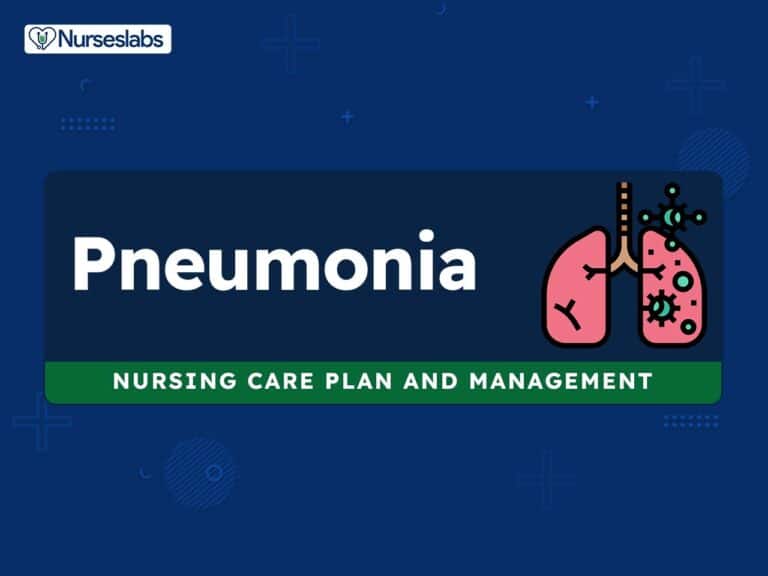

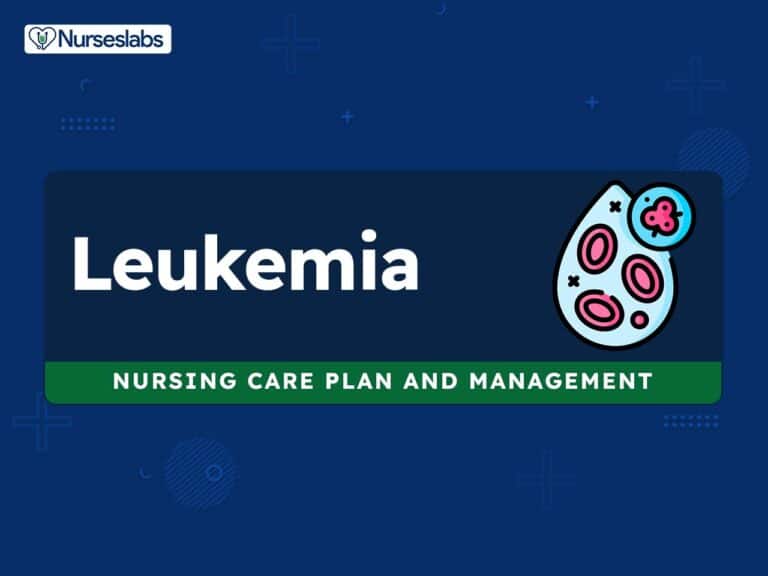
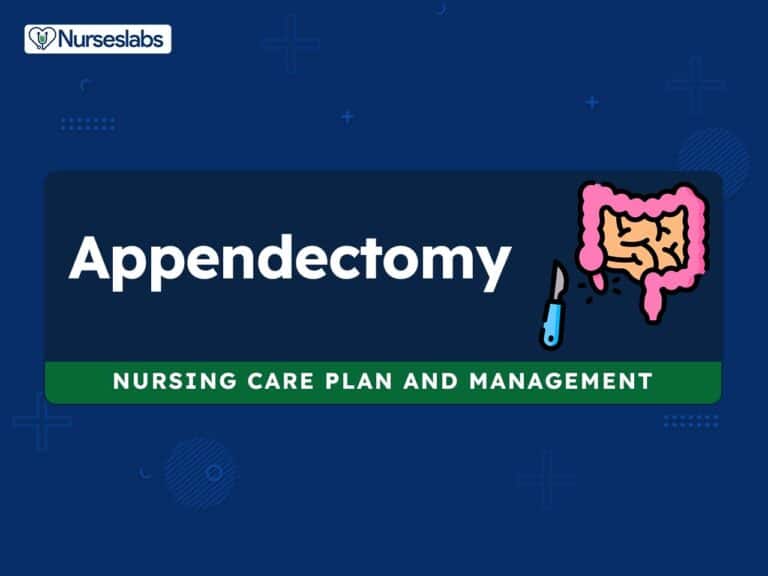
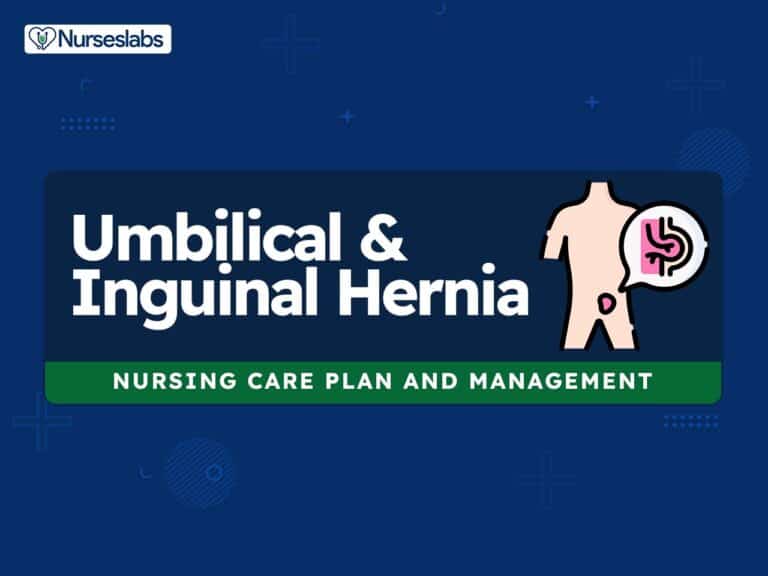

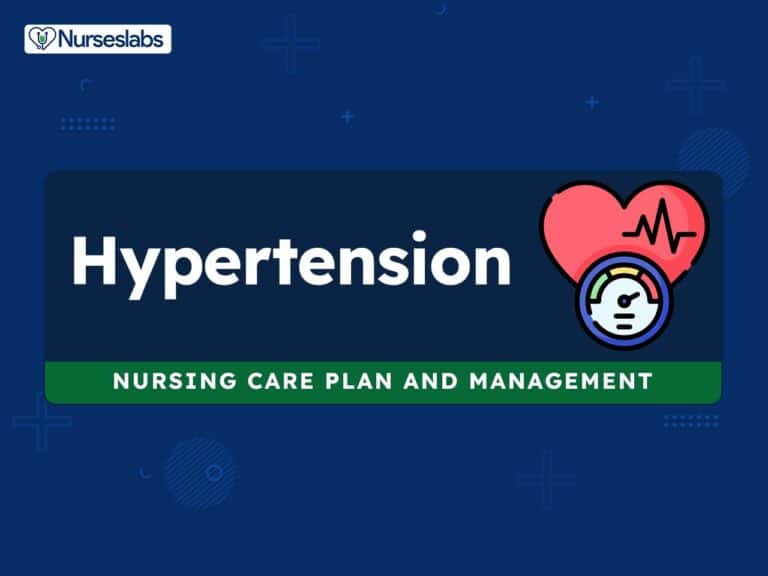
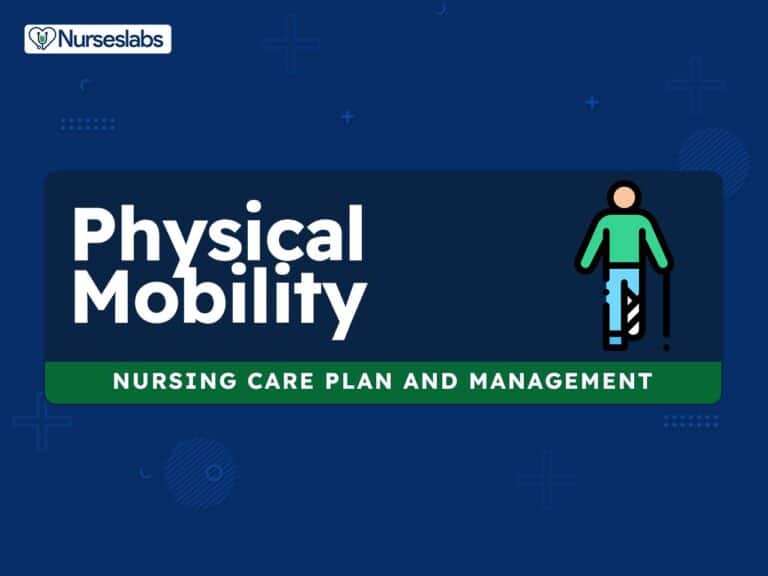
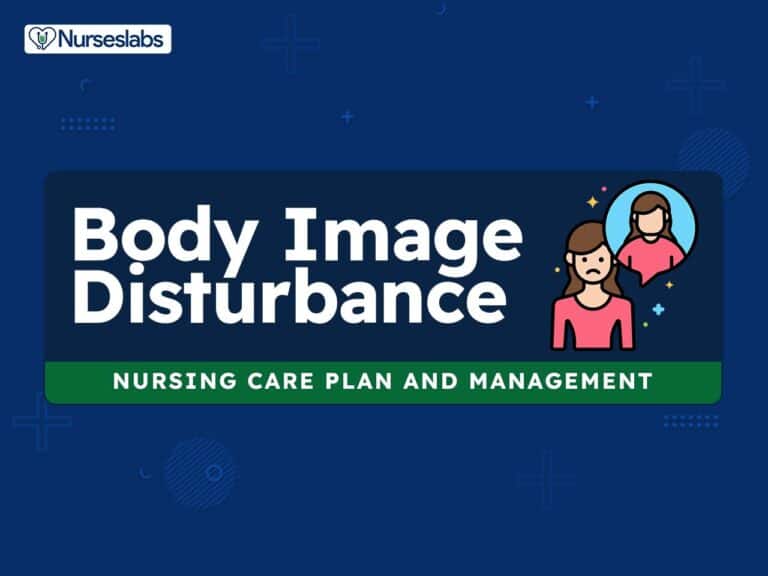


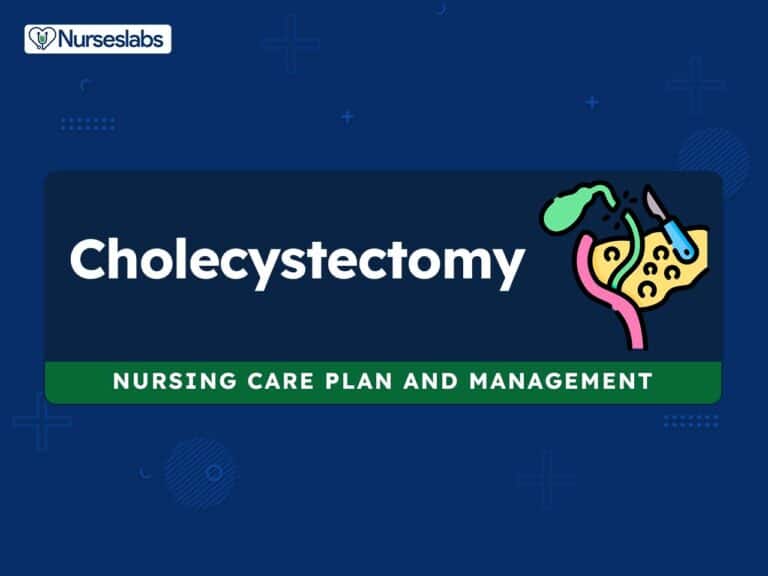
Leave a Comment